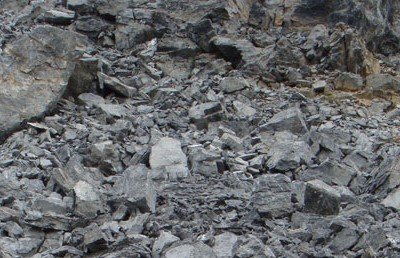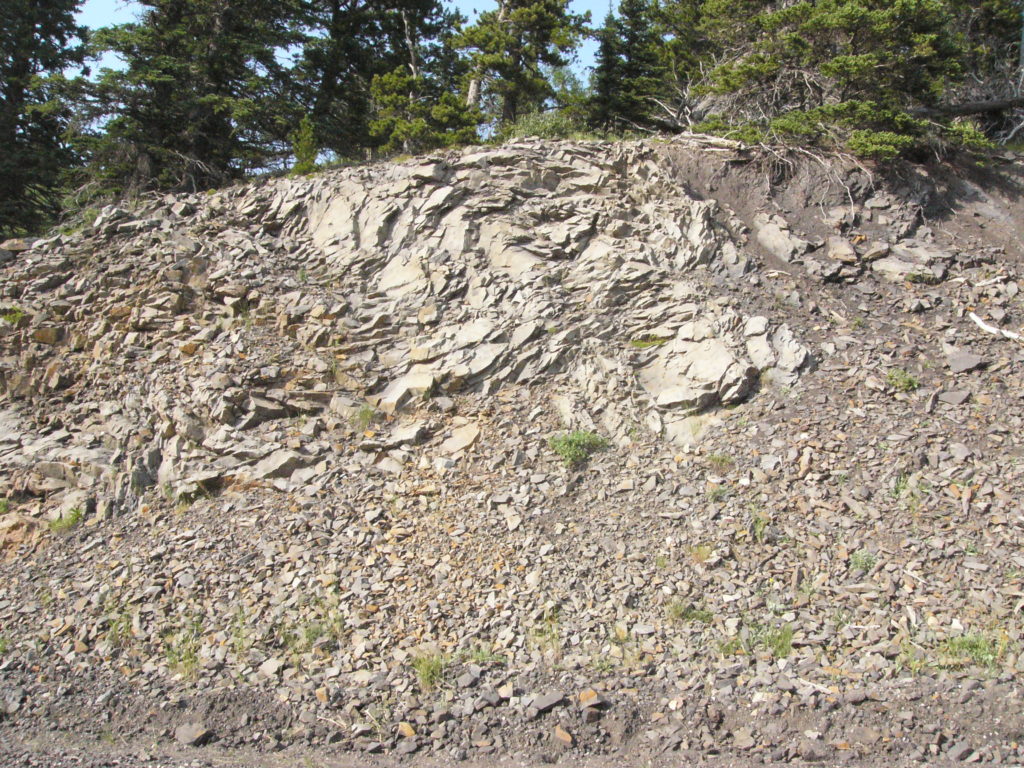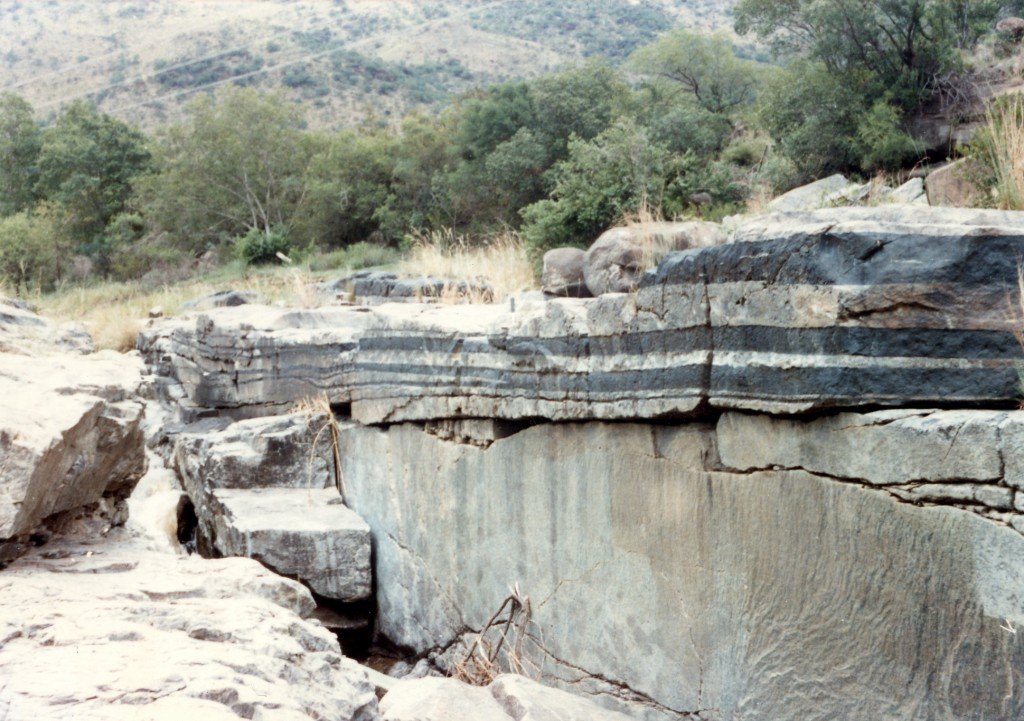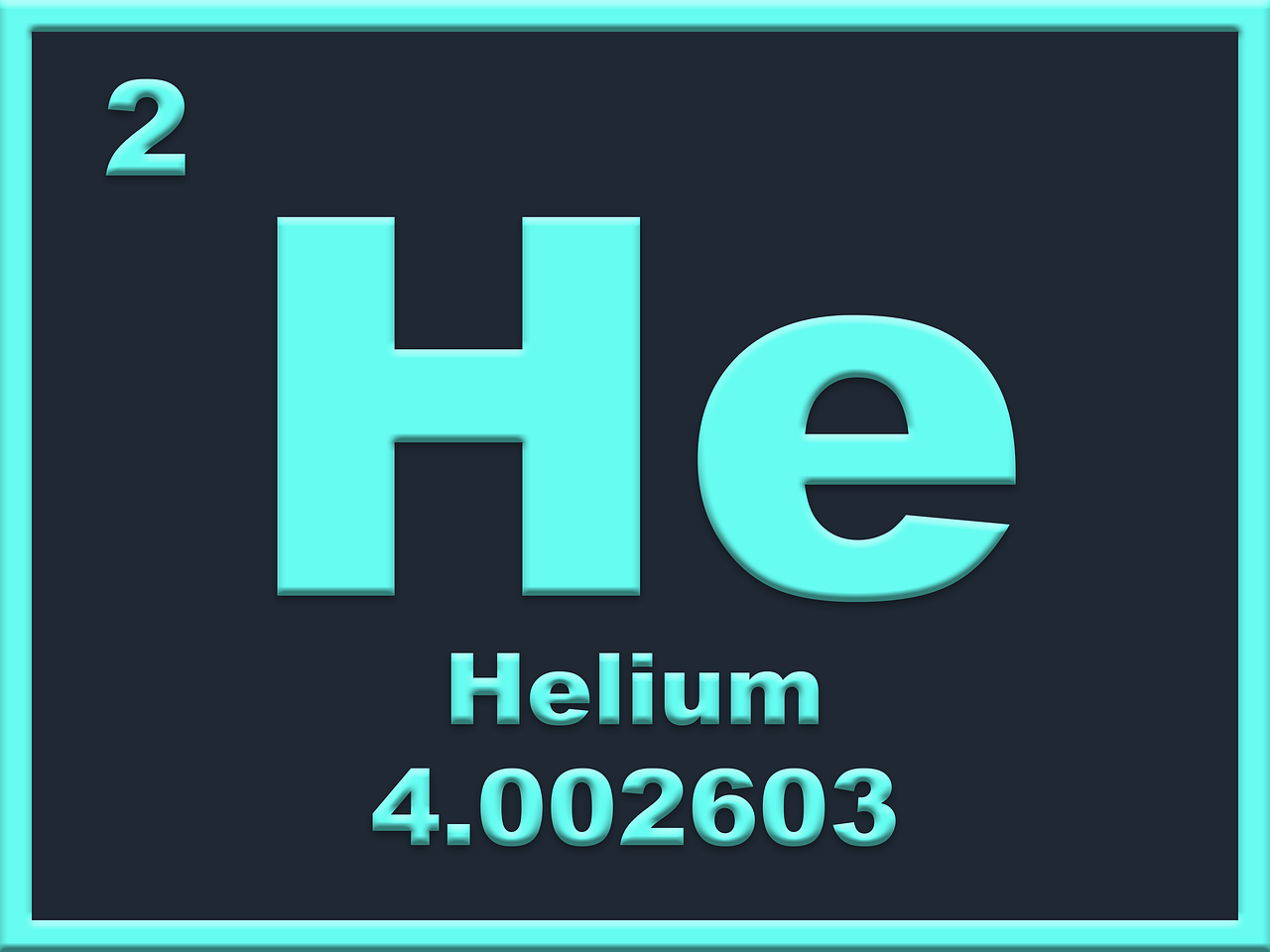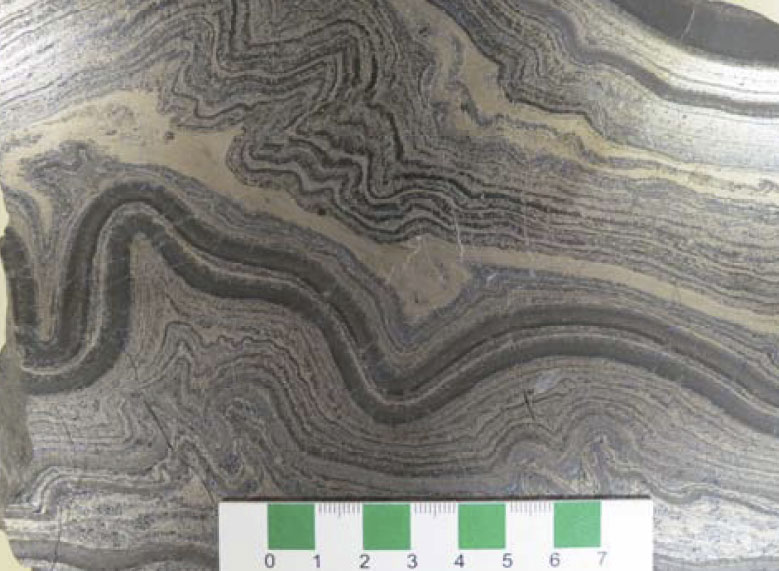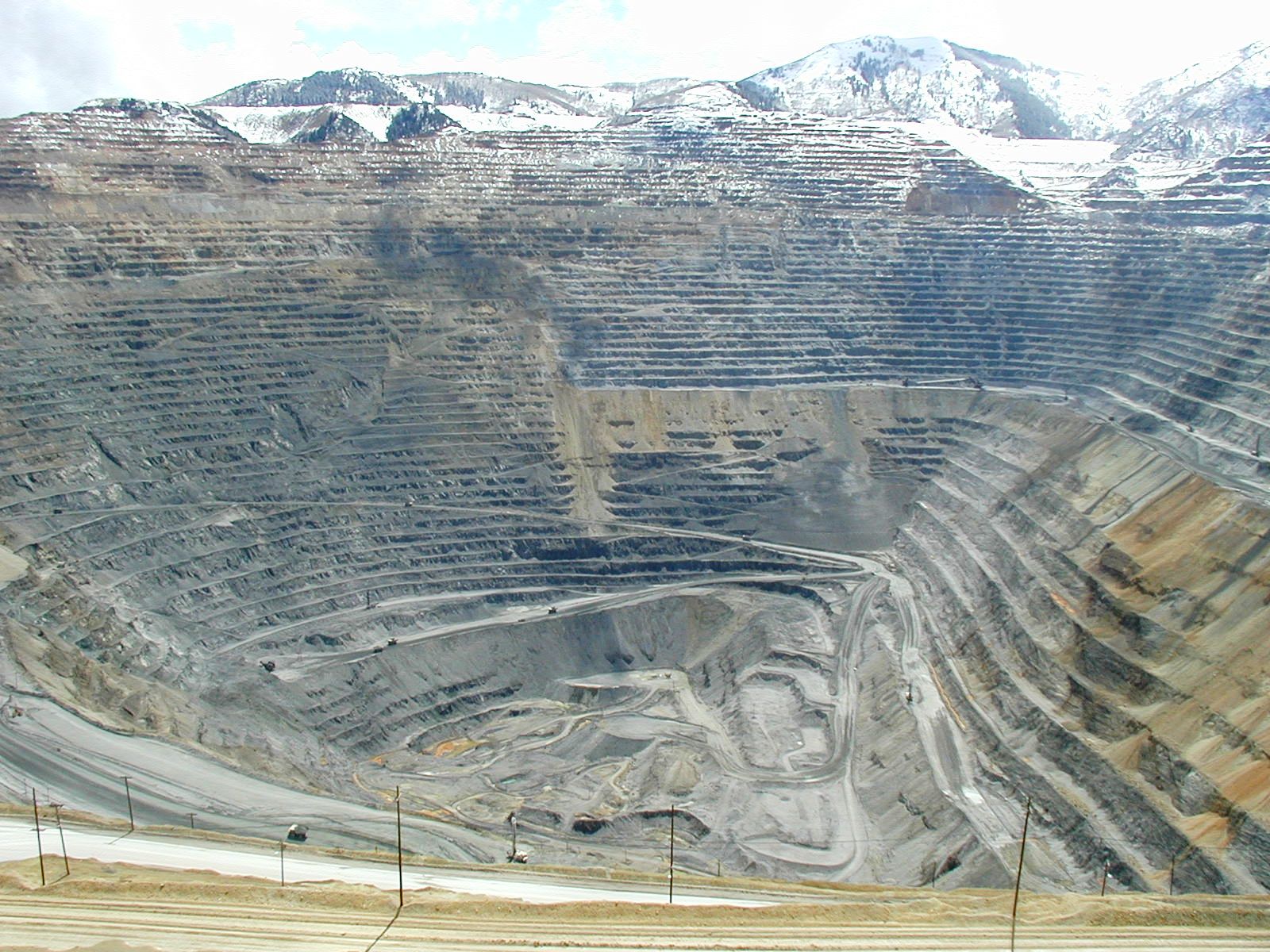The world is a dynamic place. The earth that we stand on, and think of as fixed, is anything but. The most unstable areas of all are the plate boundaries, where giant crustal plates collide. The physics is simple: something’s gotta give, and there are probably going to be fireworks – or at least volcanic eruptions and earthquakes! But along with the destruction comes the creation of many of the mineral deposits we rely on to support modern life.
Plate tectonics is the theory that explains why there are lots of volcanoes in Iceland and Japan, but far fewer in Russia and Africa. It also explains why the Himalayas are the highest mountains in the world while the highest peak in Australia is barely over 2000m!
The energy released along a plate boundary results in volcanic and hydrothermal activity that creates the right conditions for mineral concentration. Plate boundaries are also a way for deep-seated rocks from the mantle to find a way to the near-surface. These rocks become the source of many of our largest mineral deposits.
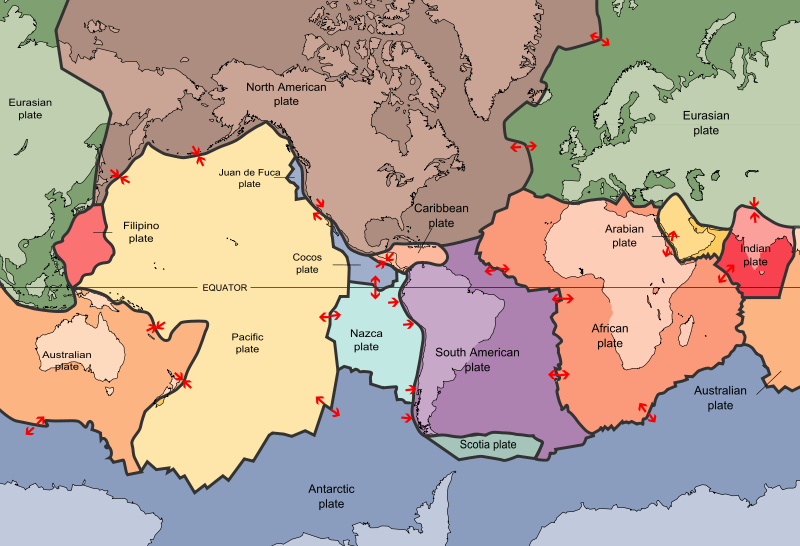
What Are Tectonic Plates?
The Earth’s topmost layer, called the crust, is broken up into pieces called tectonic plates. Not all plates are the same thickness. Oceanic plates are thinner, denser and made of basaltic rock, while the continental plates are thicker, less dense and made of granitic rock. Oceanic crust gets thicker and colder the further away it is from a mid-ocean ridge.
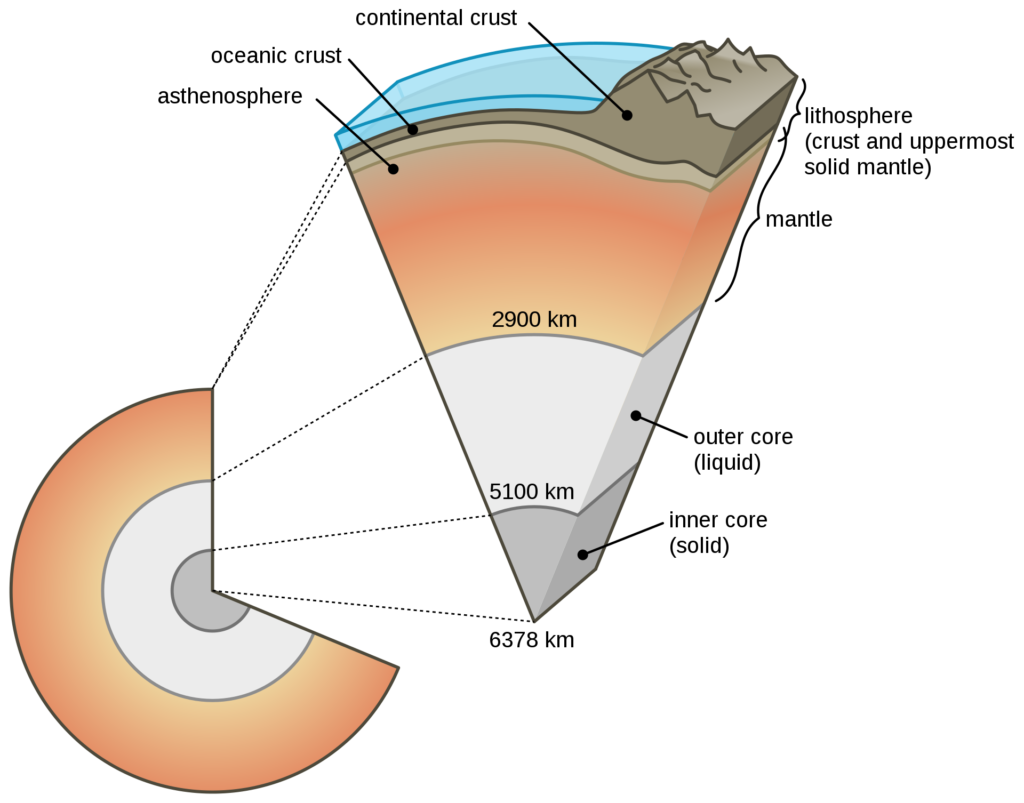
Plate boundaries are crucial, as they are where new land is created. If the plates suddenly stopped moving and no new crust was created, the whole world would become one gigantic ocean, as the continental crust would get eroded down to below sea level.
There are three main types of plate boundaries:
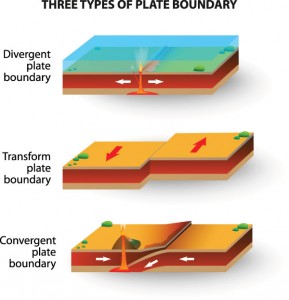
- A divergent plate boundary is where tectonic plates are moving apart, usually along mid-oceanic ridges. Iceland is the best-studied example, as it’s conveniently above sea level. Undersea examples include mid-ocean spreading centers and the “black smokers” of the mid-Atlantic and northwest Pacific.
- A convergent plate boundary is where plates collide. In subduction zones, the denser plate is forced under the less dense plate. Subduction zones are marked by a deep ocean trench with a line of volcanoes on the continent, such as the Andes where the Nazca plate is sliding under the South American plate. The Indonesian islands of Sumatra, Java, Bali and others formed from the collision of the Australian plate which is being forced under the Eurasian plate. Convergent plate boundaries also create mountains when two plates of equal density collide. The Himalayas being the most spectacular example, formed as the Indian plate slams into the southern edge of the Eurasian plate.
- A transform plate boundary is where two plates slide alongside each other. The San Andreas fault in California is the best known example.
Mineralisation and Plate Boundaries
What happens along plate boundaries is critical for mineral formation. The energy released along boundaries results in volcanic and hydrothermal activity that creates the right conditions for many minerals to be concentrated. Plate boundaries are also a way for deep-seated rocks from the mantle to find a way to the near-surface. These rocks become the source of many of our largest mineral deposits.
However, for the exploration geologist, it is not just about where plate boundaries are now – it’s about where they were many hundreds of millions of years ago. If we have a clear understanding of the location of ancient plate boundaries, it’s easier to predict where regional mineralisation may occur today.
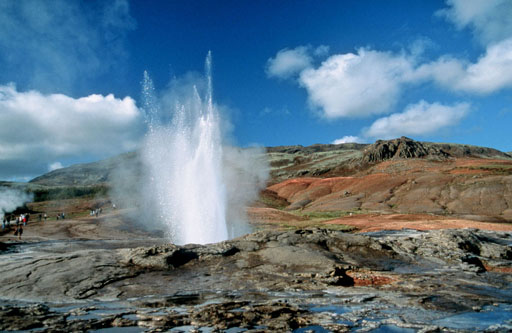
Divergent Plate Boundaries and Mineralisation
As the seafloor splits apart, the hydrothermal activity causes deposits of both sulphides and metalliferous sediments along flanks of ridges. Black smokers and volcanic massive sulphide deposits are created by water circulating via cracks along ridges, collecting minerals from the heated rock before being expelled through hydrothermal vents. As the super-heated fluids make contact with the seawater, metals that were dissolved from the surrounding basaltic rocks are re-deposited on the sea floor.
Companies are currently considering undersea mining of this type of deposit in the Red Sea. Minerals associated with mid-ocean ridges include iron, zinc, copper, lead, gold, and silver.
Historic examples of volcanic massive sulphide deposits include the Troodos copper-iron complex in Cyprus. The massive sulphides and related stockwork occurs within a basaltic pillow lava sequence. Similar mineralisation occurs in Semail, Oman.
Some 50% of the world’s chromite production is associated with oceanic rocks consisting of layered mafic and ultramafic (i.e. silicon poor) intrusives.
Also associated with mid-ocean ridges are manganese-rich polymetallic nodules that are thought to result from slow accretion of minerals from the seawater over extremely wide areas of the ocean floor.
Subduction Zones and Mineralisation
The well-known Pacific Ring of fire is also a ring of mineral deposits, including deposits along western North and South America, Japan, Philippines, Indonesia and New Zealand. Key resources include:
- base metals – copper, lead, zinc, and molybdenum
- precious metals – platinum, gold, silver
- others metals including tin, tungsten, antimony, mercury and uranium deposits
At these boundaries, one oceanic plate is being forced progressively under another plate. This creates both a source of both heat and minerals that result in a wide variety of mineral deposits.
Mineralization along subduction zone boundaries show a predictable pattern that has been observed in many locations including Myanmar and the Andes. For example from west to east in the Andes we observe mineral deposits including:
- Contact metasomatic iron
- Copper-silver and gold veins
- Porphyry copper molybdenum deposits
- Lead zinc silver veins and contact metasomatic deposits
- Tin deposits
This mineralogy reflects progressive melting of metals from the descending slab – tin coming from a depth of 300km. The metals are sourced from the descending slab and overlying mantle. There are often associated geothermal regions.
Collision Boundaries
When two crustal plates collide, there is far less hydrothermal activity compared to the thin-skinned oceanic plates at subduction zones. Rather than directly causing the formation of mineral deposits, this type of plate boundary will expose a variety of mineralisation created elsewhere, displaced and then uplifted by the moving plate.
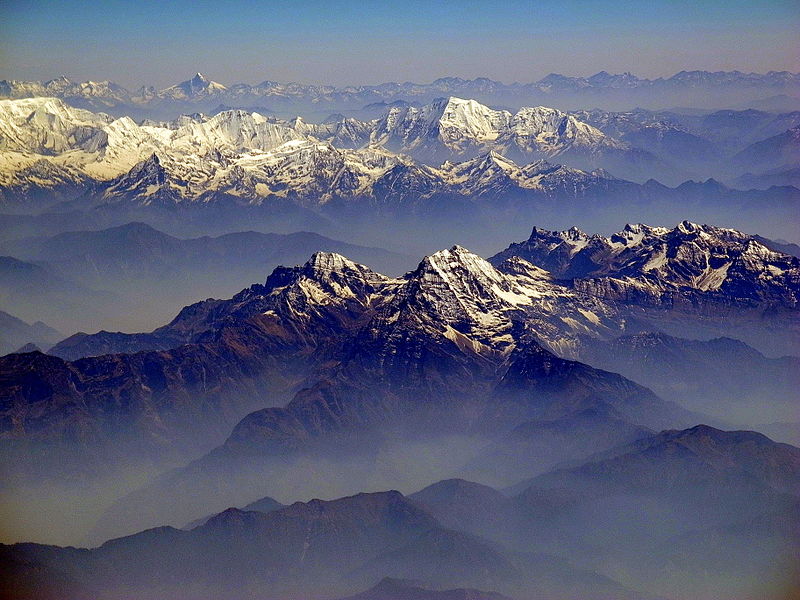
Transform Faults and Mineralisation
In a transform fault neither plate is being forced down into the mantle, so there is little hydrothermal activity. What mineralisation that does occur tends be localised and small scale e.g. the hot spring gold deposit at McLaughin in the California coast ranges
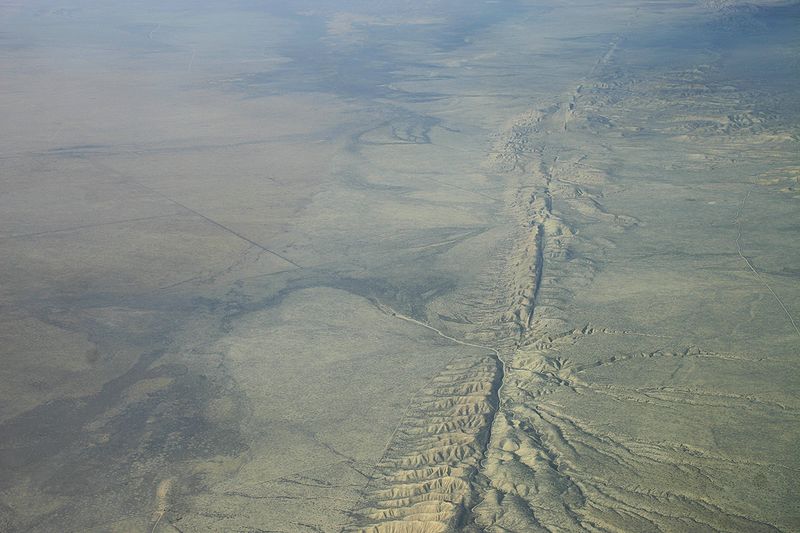
Subscribe for Email Updates

